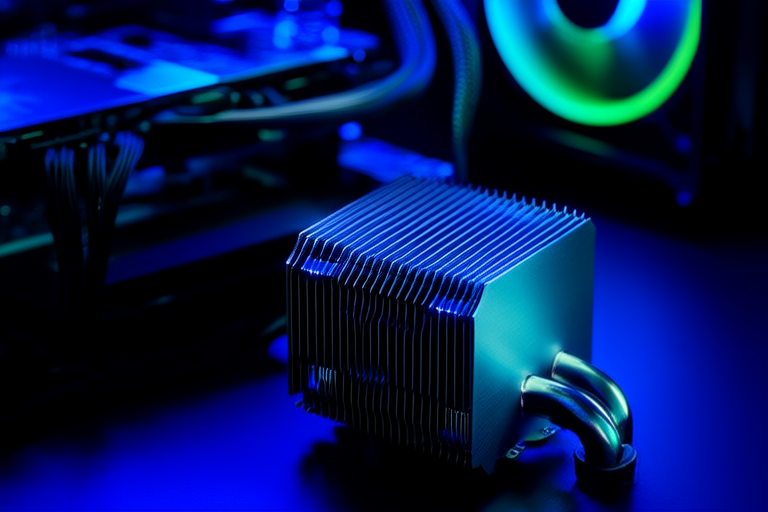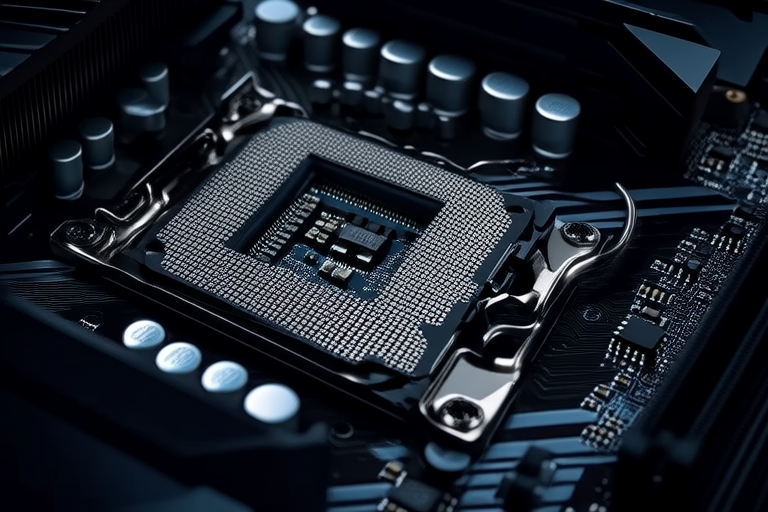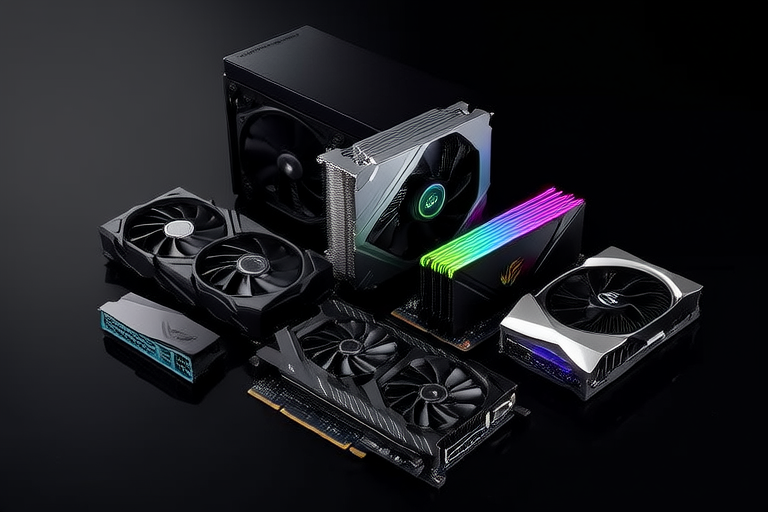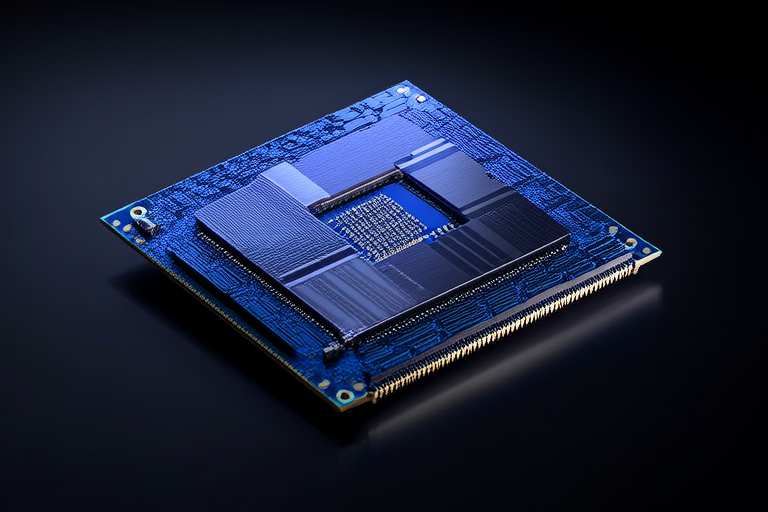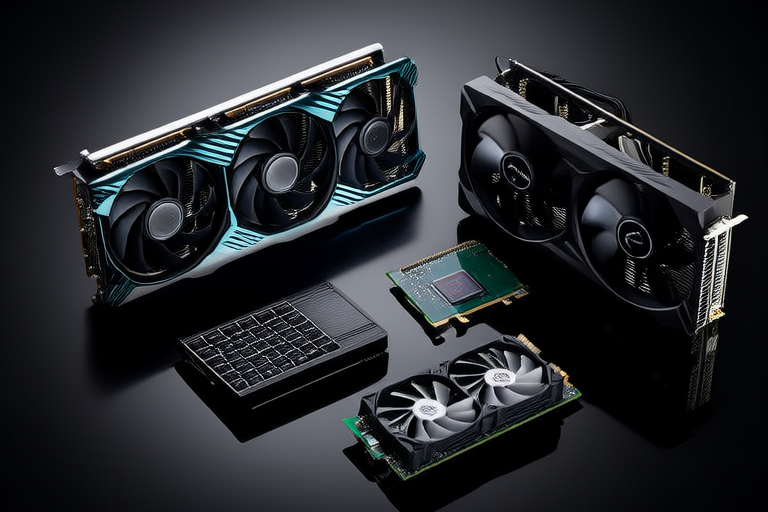Maximizing Performance: Essential Tips for Upgrading Your Computer Hardware
Introduction
Upgrading your computer hardware can significantly enhance its performance, making it faster, more responsive, and capable of handling more demanding tasks. Whether you’re a gamer, a content creator, or simply someone who relies on a fast computer for everyday tasks, understanding the key components and knowing how to upgrade them can make all the difference. Common bottlenecks include slow processors, insufficient memory, outdated graphics cards, and inadequate storage solutions. By addressing these areas, you can unlock the full potential of your system and ensure it remains relevant in today’s fast-paced digital world.
Identifying Bottlenecks
Before diving into upgrades, it’s crucial to identify which component is causing the bottleneck. Built-in tools like Windows Task Manager and macOS Activity Monitor can help monitor CPU, GPU, memory, and disk usage. Third-party software such as HWMonitor and GPU-Z provides more detailed insights. Understanding the difference between CPU, GPU, RAM, and storage is essential. The CPU handles general processing tasks, the GPU is responsible for rendering graphics, RAM affects multitasking capabilities, and storage speed impacts load times. By analyzing these metrics, you can pinpoint the weakest link in your system.
Upgrading the Central Processing Unit (CPU)
Upgrading the CPU can lead to significant improvements in performance, especially for tasks that require heavy processing power. When choosing a new CPU, consider factors like socket compatibility, power consumption, and cooling solutions. Ensure that the new CPU is compatible with your motherboard and matches the power requirements of your existing setup. BIOS updates may be necessary to support the new CPU, and adequate cooling solutions are vital to prevent overheating. Investing in a high-quality cooler can extend the lifespan of your CPU and maintain optimal performance.
Enhancing Graphics Processing Unit (GPU) Performance
The GPU plays a critical role in gaming, video editing, and machine learning applications. Selecting the right GPU depends on your specific needs. For gamers, look for GPUs with high frame rates and low latency. Video editors and content creators benefit from GPUs with dedicated memory and CUDA cores. Compatibility is key; ensure your GPU fits within your power supply unit’s wattage and thermal design power (TDP). Proper thermal management is also crucial, so consider additional cooling solutions if necessary.
Boosting Memory (RAM)
Sufficient RAM is essential for multitasking and maintaining system responsiveness. The amount of RAM required depends on your use case. For basic tasks, 8GB may suffice, but for gaming or video editing, 16GB or more is recommended. Dual-channel memory setups provide better performance, so ensure your motherboard supports this configuration. Pay attention to module compatibility to avoid conflicts during installation.
Improving Storage Speed
Traditional hard disk drives (HDDs) are slower compared to solid-state drives (SSDs). SSDs offer faster read/write speeds, reducing boot times and application load times. When selecting an SSD, consider factors like capacity, interface (SATA or NVMe), and form factor. NVMe SSDs are generally faster than SATA SSDs, but they come at a higher cost. Data transfer best practices include cloning your current drive to the new SSD and ensuring proper backups before installation.
Optimizing Power Supply Units (PSUs)
A reliable PSU ensures stable performance and extends the longevity of your components. Choose a PSU with sufficient wattage to meet your system’s demands and consider efficiency ratings for energy savings. Modular PSUs allow for easier cable management and can reduce clutter inside the case, while non-modular PSUs offer fewer cables but less flexibility. Ensure the PSU you choose has enough connectors for your components and meets your future expansion needs.
Cooling Solutions
Heat can negatively impact performance and shorten the lifespan of your components. Effective cooling solutions are essential, especially for systems with powerful CPUs and GPUs. Air cooling options include tower coolers and fans, while liquid cooling offers better performance at the expense of complexity. Consider noise levels and compatibility with your case when selecting a cooling solution. Proper airflow and adequate space within the case are also important for optimal cooling.
Post-Upgrade Optimization
After completing your hardware upgrades, ensure optimal performance by updating drivers, BIOS/UEFI firmware, and system settings. Driver updates improve compatibility and stability, while BIOS/UEFI firmware updates can enhance features and fix bugs. System tuning, such as adjusting power settings and disabling unnecessary startup programs, can further boost performance. Regularly monitor your system’s performance and address any issues promptly to maintain peak efficiency.
Conclusion
Upgrading your computer hardware can significantly enhance performance, making your system faster, more responsive, and capable of handling more demanding tasks. By identifying bottlenecks, upgrading key components like the CPU, GPU, RAM, and storage, and optimizing your power supply and cooling solutions, you can maximize your system’s potential. Carefully plan your upgrades and seek professional advice if needed. Investing in quality hardware upgrades offers long-term benefits, ensuring your computer remains relevant and efficient for years to come.
